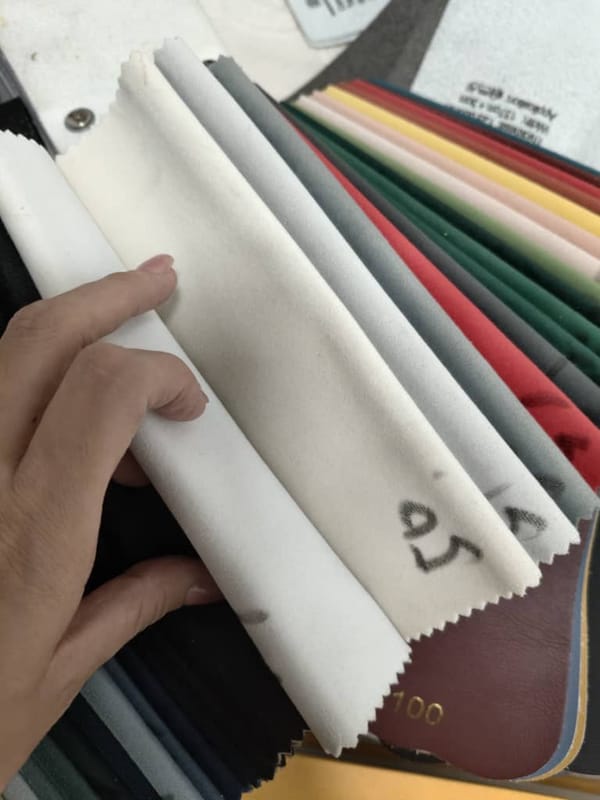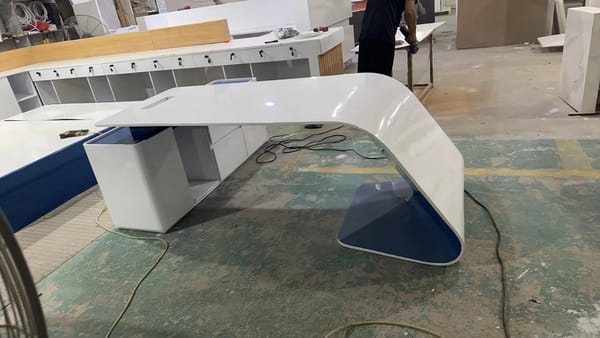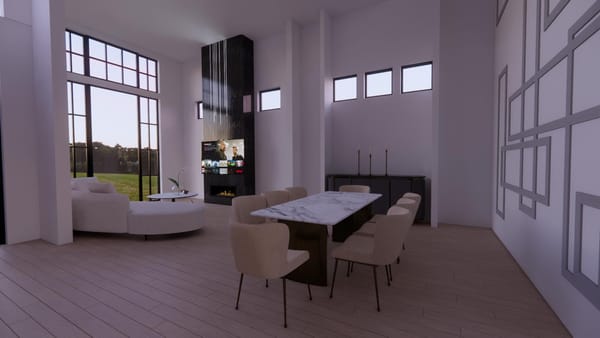Top furniture to buy in Calgary

Indoor plants are more than just decorative items; they are living, breathing elements that can completely transform the ambiance of your home. With the right selection and placement, indoor plants can bring life, color, and even a sense of tranquility to any space. Whether you’re a seasoned plant parent or just starting out, this guide will help you explore the power of indoor plants in home decor.
1. Benefits of Indoor Plants
Indoor plants offer more than just aesthetic appeal; they come with a host of benefits that can improve your living environment. Some of the most notable advantages include:
- Air Purification: Many indoor plants are natural air purifiers. Plants like the snake plant, spider plant, and peace lily can filter out harmful toxins and improve air quality.
- Stress Reduction: The presence of greenery has been shown to reduce stress and promote relaxation. Having plants around can create a calming atmosphere, perfect for unwinding after a long day.
- Boost in Creativity and Productivity: Studies suggest that indoor plants can boost creativity and productivity. Placing plants in your workspace can lead to a more stimulating and inspired environment.
2. Choosing the Right Plants for Your Space

When selecting plants for your home, consider the following factors:
- Light Levels: Different plants require different amounts of light. For low-light areas, consider plants like pothos, ZZ plant, or snake plant. For brighter spots, succulents, ferns, and fiddle leaf figs are great options.
- Space: Think about the size and placement of your plants. Tall, statement plants like the monstera or rubber plant work well as floor plants, while smaller plants like succulents and cacti are perfect for shelves or windowsills.
- Maintenance: Be honest about how much time and effort you can dedicate to plant care. If you’re new to gardening or have a busy schedule, start with low-maintenance plants like the snake plant or peace lily.
3. Styling with Indoor Plants

Indoor plants can be used in various ways to enhance the decor of your home:
- Create a Green Focal Point: Place a large plant in an empty corner or near a window to create a natural focal point in the room. A fiddle leaf fig or a bird of paradise plant can add height and drama to your space.
- Use Shelving for a Plant Display: Floating shelves are a great way to display smaller plants. Mix and match different plants, pots, and decorative items to create an eye-catching arrangement.
- Hanging Plants for Vertical Interest: Don’t forget to use vertical space. Hanging plants like string of pearls or Boston fern can add greenery to areas where floor space is limited.
- Mix and Match Pots: Experiment with different pots and planters to add personality to your plant displays. Terracotta pots offer a rustic, earthy feel, while ceramic or metallic pots can add a modern touch.
4. Seasonal Plant Care Tips

Image: A potted plant with a watering can and plant care tools.
Caring for indoor plants can vary with the seasons:
- Spring and Summer: During the growing season, your plants may need more water and nutrients. Make sure to water regularly and consider using a liquid fertilizer to support growth.
- Autumn and Winter: As light levels drop, many plants enter a dormant phase and require less water. Be careful not to overwater, and consider moving plants closer to windows to ensure they get enough light.
- Humidity and Temperature: Indoor plants generally prefer a stable temperature and moderate humidity. In winter, keep plants away from drafts and heating vents. Use a humidifier or mist plants regularly if your home is dry.
5. Troubleshooting Common Plant Problems

Image: A person inspecting a plant with yellowing leaves.
Even with the best care, plants can sometimes show signs of stress. Here are some common issues and solutions:
- Yellowing Leaves: This can be a sign of overwatering or poor drainage. Make sure your pots have drainage holes, and allow the soil to dry out slightly between waterings.
- Brown Leaf Tips: Often caused by low humidity or too much direct sunlight. Move your plant to a spot with indirect light and increase humidity if possible.
- Dropping Leaves: This can happen when plants are exposed to sudden changes in temperature or light. Try to keep your plant’s environment as consistent as possible.
Conclusion
Indoor plants are a fantastic way to enhance your home decor while reaping the benefits of cleaner air and a more relaxing environment. By selecting the right plants and styling them thoughtfully, you can create a lush, green oasis in any room of your home. Whether you’re adding a single potted plant or transforming your entire living space into a jungle, the power of indoor plants is undeniable.



